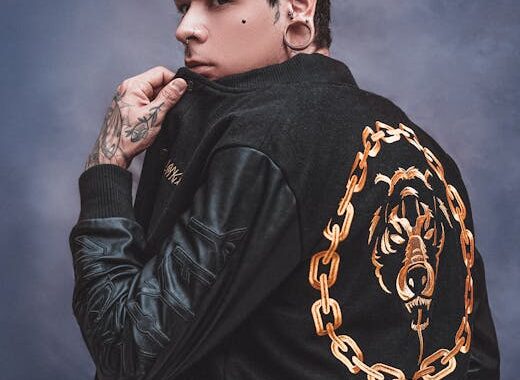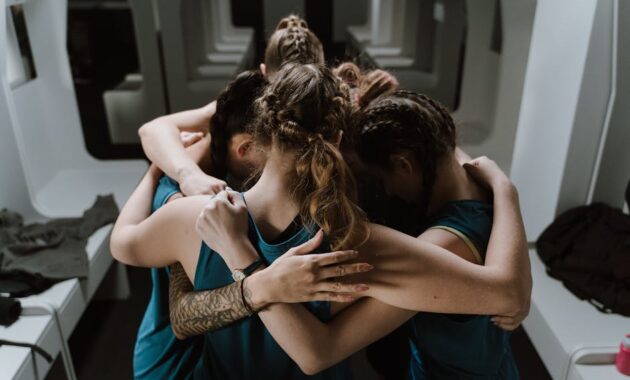2015 Yukata Hairstyles: A Retrospective on Summer’s Chicest Looks
The year 2015 saw a resurgence of interest in traditional Japanese summer fashion, with the yukata taking center stage. This lightweight cotton kimono, perfect for summer festivals and evenings, inspired a wave of creative and stylish hairstyles. From classic updos to more modern interpretations, 2015’s yukata hairstyles showcased a delightful blend of tradition and contemporary flair. This article delves into the most popular and memorable 2015 yukata hairstyles, providing a nostalgic look back at a summer of chic and effortless elegance.
The Enduring Appeal of Classic Yukata Hairstyles
Many chose to embrace the timeless elegance of classic Japanese hairstyles to complement their yukata. These styles, often seen in historical depictions, offered a sophisticated and refined look. Simple yet elegant chignons, carefully placed and secured with decorative hairpins, were particularly popular. The focus was on clean lines and a polished finish, allowing the beauty of the yukata fabric and pattern to take center stage. These 2015 yukata hairstyles highlighted the wearer’s grace and understated elegance. [See also: Traditional Japanese Hair Accessories]
The Rise of Braids and Romantic Updos
Beyond the classic styles, 2015 also witnessed a rise in more elaborate braided hairstyles. Loose, romantic braids, often interwoven with flowers or ribbons, offered a playful yet sophisticated look. These 2015 yukata hairstyles were particularly appealing to younger generations, offering a fresh take on traditional styles. The braids were often incorporated into half-up, half-down styles, or formed into intricate updos that showcased the wearer’s creativity and individuality. The soft, romantic look of these braids perfectly complemented the light and airy nature of the yukata fabric. [See also: Braiding Techniques for Yukata]
Variations on the Classic Bun
Even the classic bun received a modern update in 2015. Instead of the strictly formal bun, women incorporated loose tendrils or added decorative hairpins to create a more casual and approachable look. These 2015 yukata hairstyles were effortlessly chic and demonstrated a nuanced understanding of balancing tradition with contemporary trends. The messy bun, a slightly undone and relaxed style, also gained popularity, offering a more relaxed and youthful vibe.
Accessorizing 2015 Yukata Hairstyles
Hair accessories played a crucial role in completing the look of 2015 yukata hairstyles. From ornate kanzashi (traditional Japanese hair ornaments) to delicate flowers and ribbons, these accessories added a touch of personality and flair. The choice of accessories often reflected the overall aesthetic of the yukata, creating a cohesive and harmonious ensemble. The use of bright colors and bold patterns in the hair accessories added an extra layer of visual interest, enhancing the overall impact of the 2015 yukata hairstyles. [See also: A Guide to Japanese Hair Ornaments]
The Influence of Pop Culture on 2015 Yukata Hairstyles
Pop culture also played a significant role in shaping the trends seen in 2015 yukata hairstyles. Popular Japanese dramas and music videos often featured characters sporting various hairstyles, influencing the choices of many fashion-conscious individuals. This demonstrates the interconnectedness of fashion trends and media representation. The styles seen on screen often became aspirational looks, further popularizing specific 2015 yukata hairstyles among a wider audience. This cross-pollination of styles added a dynamic element to the overall landscape of yukata hair fashion.
Regional Variations in 2015 Yukata Hairstyles
It’s important to note that 2015 yukata hairstyles weren’t monolithic; regional variations existed, reflecting the diverse cultural landscape of Japan. Different prefectures might have favored specific styles or accessories, adding to the richness and variety of the overall aesthetic. These regional differences demonstrated the adaptability of traditional hairstyles to local tastes and preferences. Understanding these variations provides a more nuanced perspective on the broader trends observed in 2015.
The Lasting Legacy of 2015 Yukata Hairstyles
The 2015 yukata hairstyles represent a fascinating snapshot of a particular moment in Japanese fashion history. The blend of classic elegance and modern creativity showcased the versatility of traditional styles and their adaptability to contemporary tastes. Many of these styles continue to inspire contemporary hair trends, showcasing their enduring appeal and timeless elegance. The emphasis on individual expression and the artful incorporation of accessories remain key elements influencing current yukata hairstyle trends. Looking back at 2015 provides valuable insight into the ongoing evolution of Japanese fashion and the enduring influence of traditional aesthetics.
Maintaining and Styling 2015 Yukata Hairstyles
Maintaining the 2015 yukata hairstyles often required specific products and techniques. Hairsprays, gels, and hairpins played a vital role in keeping the styles in place, particularly for elaborate updos and braids. Many women also opted for pre-styling their hair to create a smooth and manageable base for more complex hairstyles. Understanding the techniques and products used in maintaining these styles is key to recreating them accurately. [See also: Hair Care Products for Yukata Hairstyles]
- Classic Chignons: These required a firm hold hairspray and perhaps bobby pins for extra security.
- Braids: These benefited from a lightweight hair gel to keep the braids neat and prevent flyaways.
- Accessorized Styles: The correct use of hairpins and ornaments was crucial to achieving the desired aesthetic.
The 2015 yukata hairstyles offer a compelling example of how traditional styles can be reinterpreted and revitalized to meet contemporary preferences. By understanding the context and the various influences at play, we can appreciate the lasting impact of these stylish and elegant looks. The enduring appeal of these hairstyles speaks volumes about the timeless elegance of Japanese aesthetics and the continuous evolution of fashion trends.


